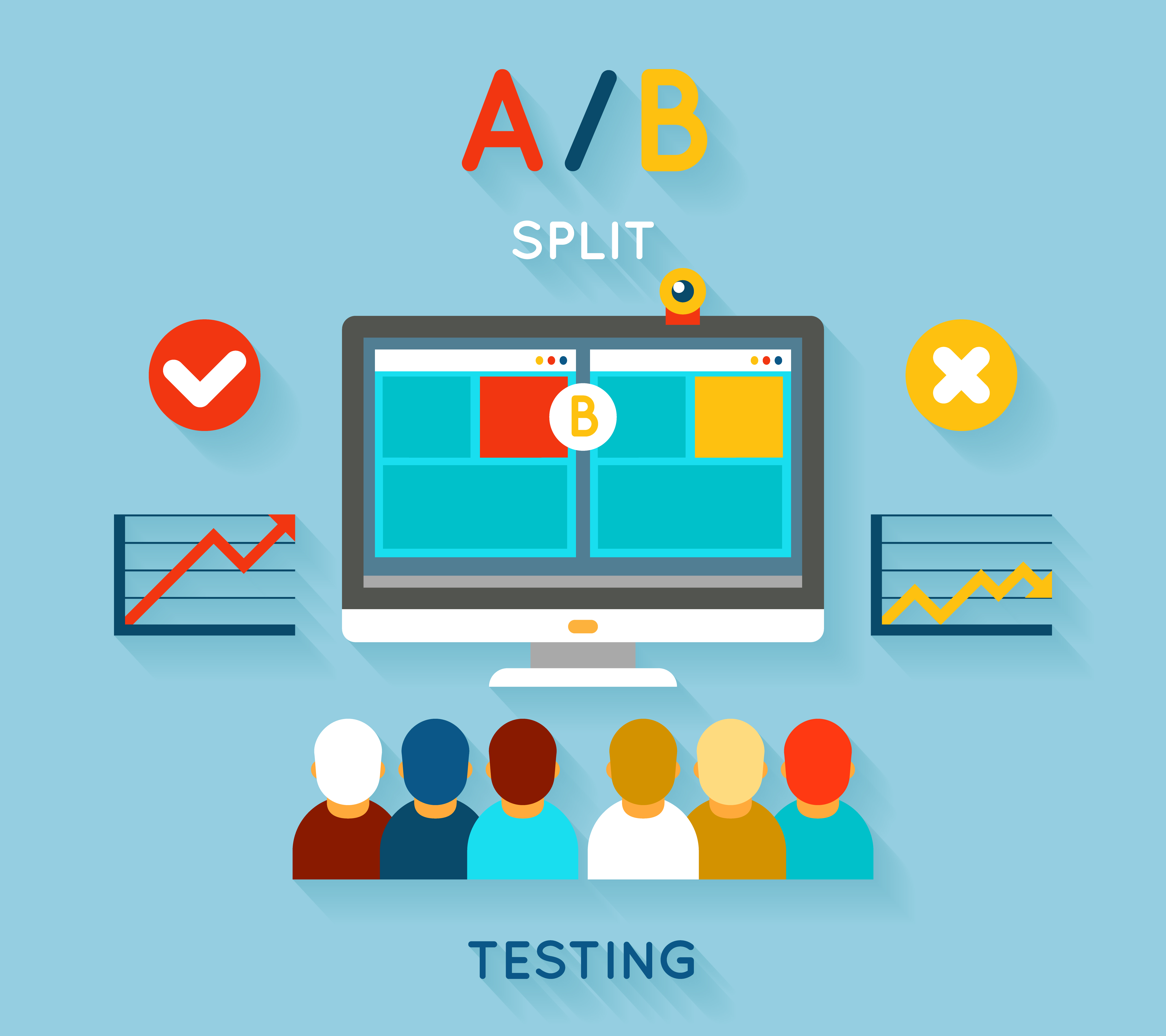Technology has been developing at a rapid pace, and along with these developments come vast amounts of data. With a massive 2.5 quintillion bytes of data being generated each day, traditional methods of storage are failing to meet the needs of companies that need to store large quantities of information securely. Going into 2019 we can expect to see some new technologies and trends working to meet these demands; here are just a few you should keep an eye on.
The cloud
Forrester predicted in 2017 that cloud computing would radically alter the way enterprises compete for customers. After proving its worth by powering small and medium businesses to compete against larger corporations, cloud acceleration has contributed to the shutdown of 15 percent of US-owned corporate data centers, according to Oracle’s Mark Hurd. With nearly 60 percent of North American enterprises now relying on public cloud platforms and private clouds also gaining traction, 2019 is predicted to be the year the biggest cloud providers get even bigger.
Security
A key factor in the concept of data storage is the need for security and absolute privacy. With the cloud, users can be certain their data is safeguarded against any type of hardware failure. By distributing data across numerous servers and providing automated backups and snapshots, the cloud provides the necessary level of security for even the most delicate information.
Automation
Automation has been a trending technology across a number of industries this year and is only continuing to gain ground. When it comes to data security, a major issue many businesses face is creating data backups and scheduling those backups in coordination with their daily operations so nothing is negatively affected. Combining automation technology with the cloud simplifies this tedious task and drastically improves your security against ransomware.
Flexibility
As businesses expand and remote employment gains popularity, the need for convenient information access is critical. Data stored in the cloud is centralized online and can be accessed by anyone in any location, veering away from traditional storage methods such as flash drives and external hard drives. Additionally, any information that’s entered or edited automatically saves itself, allowing you to focus on the task at hand rather than tracking and labeling your data.
Decentralized storage
Decentralized storage is becoming more and more common as industry leaders realize the benefits blockchain technology can bring to the table. When blockchain is used for data storage, the data is severed into many pieces and distributed across a network of recipients. This imitates the mechanism of distributed ledgers, a key characteristic of the technology.
Security
The threat of data breaches has continued to rise over the past several years, which means the need to protect data from cyber criminals is critical. Because decentralized storage breaks up data into so many pieces and distributes them in multiple places, even if a piece of data is hacked, it’s encrypted and holds no actual value on its own. As the original owner of the data is the only one with the ability to put all the pieces back together, the data is virtually breach-proof.
Cost-effective
Over time, this method of data storage will result in significant cost savings. As the amount of stored data increases, the amount of hashing needed for consensus decreases, reducing the cost of storage. Arweave CEO Sam Williams claims this blockchain-like infrastructure is designed to provide scalable storage in a cost-efficient manner.
DNA
This up-and-coming storage method is still far too new and expensive for the average commercial business, but with backing from companies like Microsoft, the necessary research is being conducted. The first DNA data storage success story occurred in 2012, when Harvard researchers were able to store an entire genetics textbook. Since then, Ewan Birney of the European Bioinformatics Institute has copied an MP3 of Martin Luther King’s “I Have a Dream” speech and all of Shakespeare’s sonnets, demonstrating this method’s incredible potential.
As DNA storage becomes more realistic and reasonably priced, it’s likely to soar in popularity across various industries. Take the healthcare industry, for example: We could one day see DNA-based computers used to diagnose or treat illnesses by entering a patient’s system.
Technology and data development are moving fast, and there’s no sign of slowing down anytime soon. In order to keep up, we must continue to advance and improve upon our methods of data storage. Although we’ve come a long way, there are still leaps and bounds to be made.


